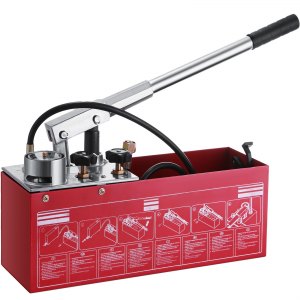- Joined
- Feb 9, 2017
- Messages
- 5,244
Thanks so much for posting that link to DIY hydro. The only thing I didn’t like was I would have made sure somehow the cement under the tank was dry. And do a real good look underneath for dripsA visual (borescope) inspection of the inside of a compressed air receiver is a waste of time and will tell you nothing about the safety of the tank.
Hydrotesting is the correct method to proof the tank. Most anybody with a small pressure washer can perform a competent hydrotest.
Hydrotest it yourself


